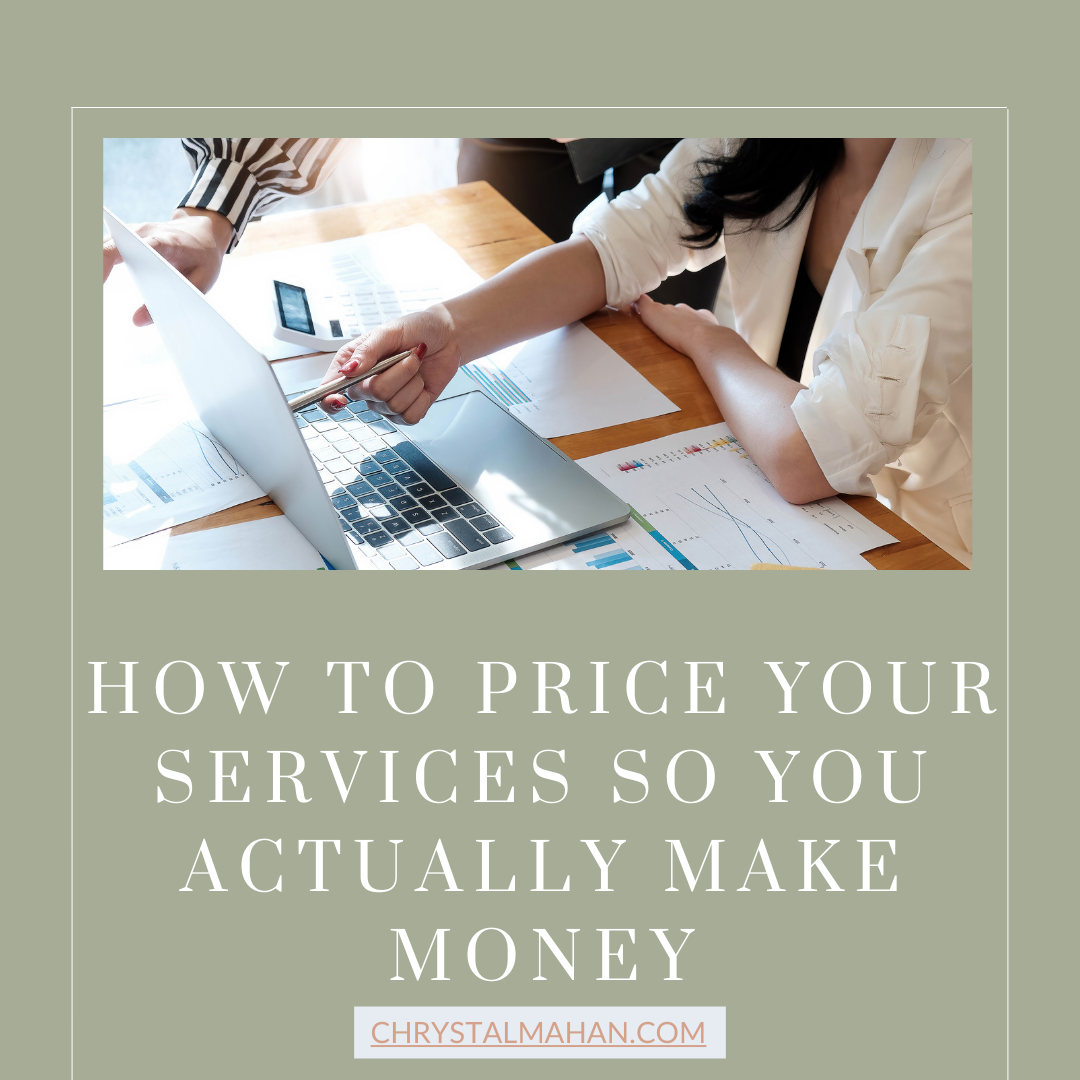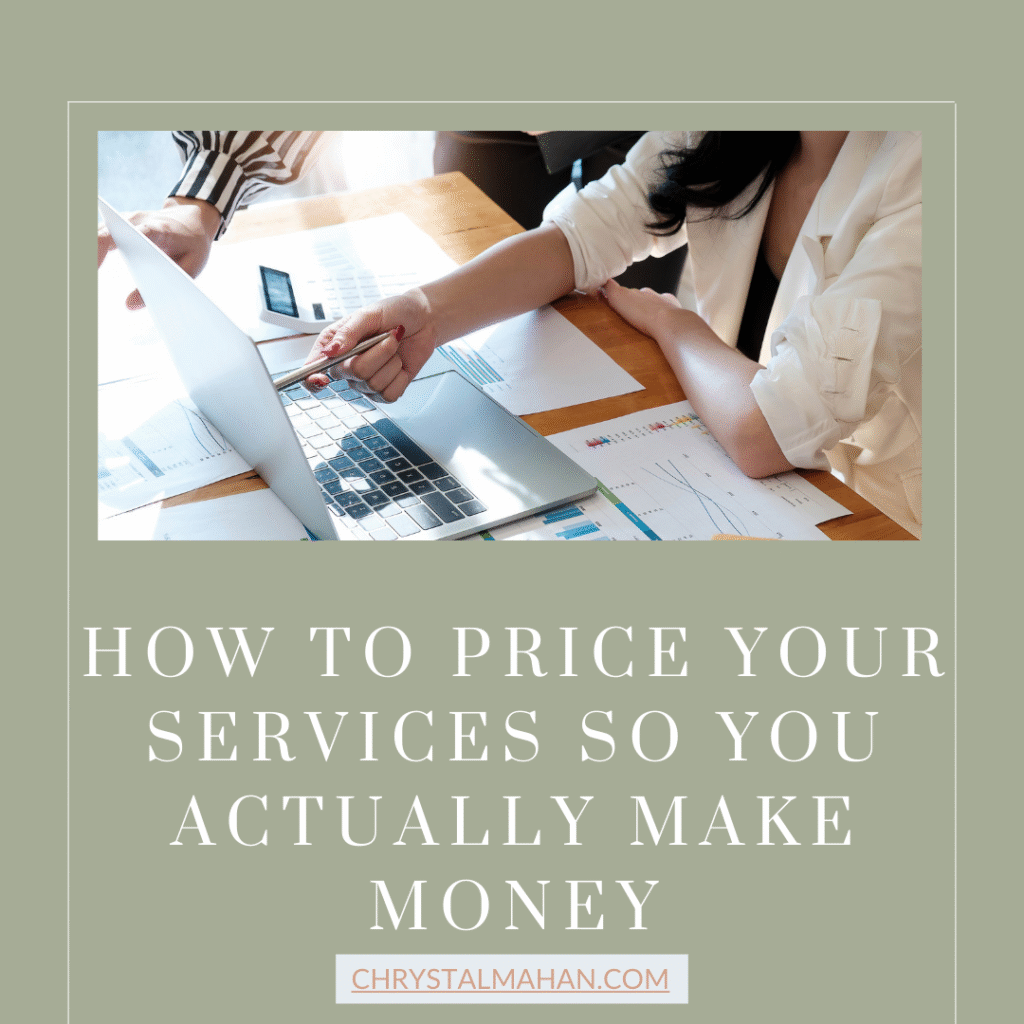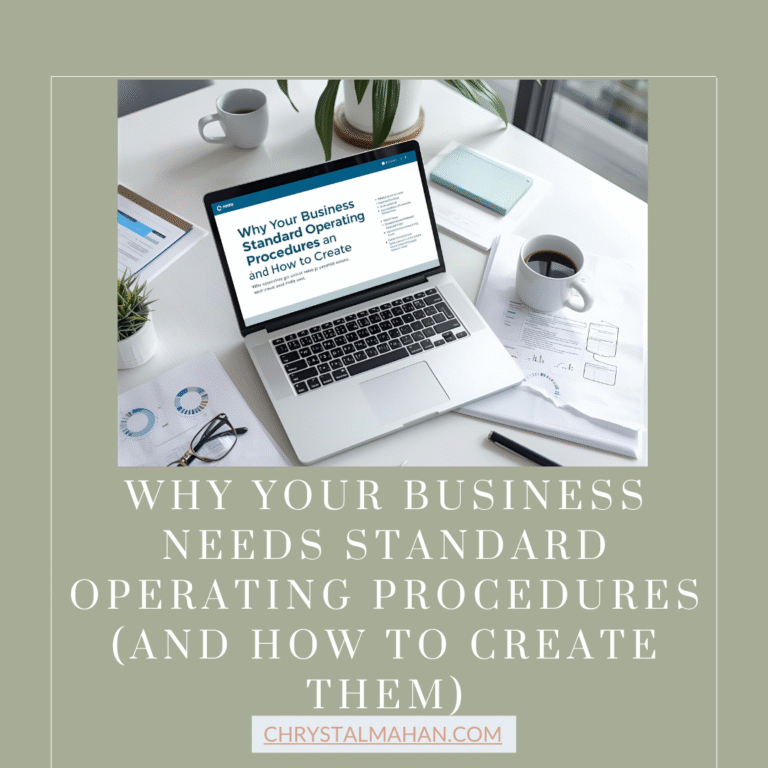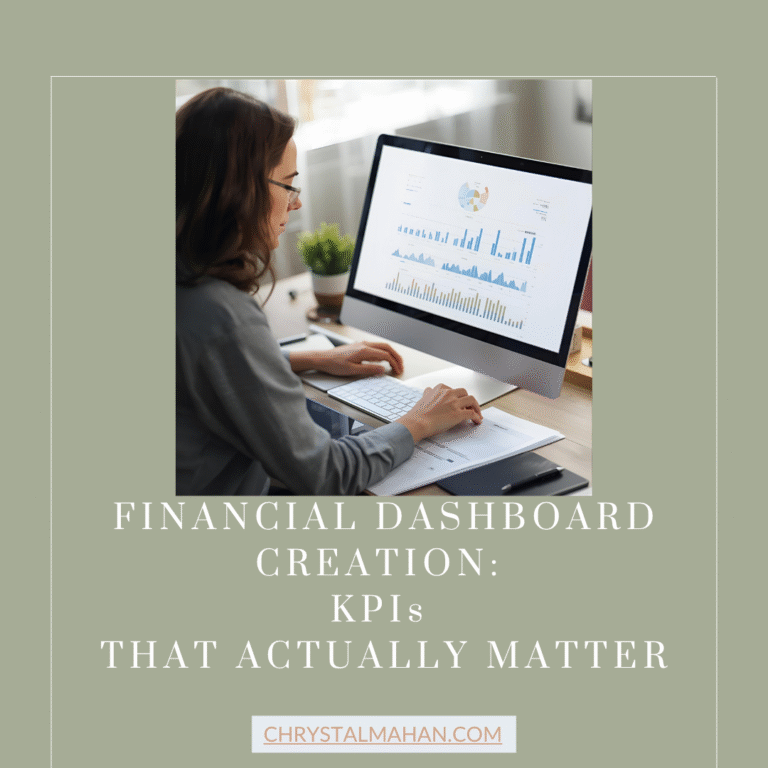How to Price Your Services So You Actually Make Money


Are you tired of working endless hours only to find your bank account still looking disappointingly empty? You’re not alone. Many service-based business owners struggle with the same frustrating reality: they’re busy, they’re delivering great work, but they’re not making the money they deserve. The problem isn’t your skills or your work ethic. The problem is how you’re pricing your services.
Business Services Stock photos by Vecteezy
One successful consultant thought she was doing everything right. She had a thriving practice, clients loved her work, and referrals kept coming in. But after two years in business, she realized she was making less per hour than she did as an employee. She was working 60-hour weeks, constantly stressed about money, and questioning whether entrepreneurship was worth it. The turning point came when she discovered that her pricing strategy was actually working against her success. Instead of pricing based on what she thought clients would pay, she learned to price based on the true value she delivered and the real costs of running her business.
If you’re ready to stop undervaluing your expertise and start pricing your services for real profitability, you’re in the right place. The strategies you’ll learn here will help you build a sustainable business that pays you what you’re worth while giving your clients incredible value. Your financial freedom starts with getting your pricing right.
Understanding Your True Business Costs
Before you can price profitably, you need to understand what it actually costs to run your business. Most service providers drastically underestimate their expenses, leading to pricing that barely covers costs, let alone generates profit. This foundational step is crucial because you cannot price effectively without knowing your baseline financial requirements.
Start by calculating your direct costs, which include obvious expenses like software subscriptions, office rent, equipment, insurance, and professional development. However, many business owners forget to include hidden costs that significantly impact profitability. These include taxes (both self-employment and income taxes), healthcare costs, retirement contributions, vacation time, sick days, and administrative time spent on non-billable activities like marketing, accounting, and client communication.
Don’t forget to factor in your desired salary and profit margin. Many entrepreneurs make the mistake of only covering business expenses without paying themselves a market-rate salary. Calculate what you would earn as an employee in your field, then add a profit margin on top of all costs. This ensures your business is truly profitable, not just breaking even. A good rule of thumb is to aim for at least a 20-30% profit margin after all expenses, including your salary.
Value Based Pricing Strategies That Work
Value-based pricing is the key to maximizing profitability while delivering exceptional client outcomes. Instead of pricing based on time or costs alone, value-based pricing focuses on the measurable benefits and transformation you provide to clients. This approach allows you to charge premium rates because clients are paying for results, not just your time.
To implement value-based pricing, start by identifying the specific problems you solve and the quantifiable benefits clients receive. For example, if you’re a marketing consultant who helps businesses increase revenue by 25%, that increase is worth far more than your hourly rate. If you’re an efficiency expert who saves companies 10 hours per week in operational costs, calculate the monetary value of that time savings. Document case studies and testimonials that demonstrate these concrete results to justify your pricing.
Structure your pricing around packages rather than hourly rates. Packages allow you to capture more value while providing clarity for clients about what they’re receiving. Create tiered service offerings that address different client needs and budgets. Your basic package might solve the core problem, while premium packages include additional strategic support, faster turnaround times, or ongoing consultation. This approach helps clients see the value progression and often leads them to choose higher-tier options.
Competitive Pricing Analysis Methods
Understanding your competitive landscape is essential for positioning your services appropriately in the market. However, competitive analysis doesn’t mean matching or undercutting competitor prices. Instead, it helps you understand market expectations and identify opportunities to differentiate your value proposition.
Research competitors by examining their websites, service descriptions, case studies, and any publicly available pricing information. Look beyond direct competitors to include adjacent services that clients might consider as alternatives. For instance, if you’re a freelance graphic designer, your competition might include design agencies, in-house designers, and even DIY design tools. Understanding this broader competitive landscape helps you position your services more strategically.
Focus on differentiating factors rather than competing solely on price. Identify what makes your approach unique, whether it’s specialized expertise, faster delivery, better results, or superior client experience. These differentiators allow you to command premium pricing even in competitive markets. If competitors are competing on price alone, that’s often a sign of a race to the bottom that you should avoid. Instead, compete on value, expertise, and results.
Psychology of Pricing and Client Perception
The way you present and communicate your pricing significantly impacts how clients perceive your value. Pricing psychology plays a crucial role in client decision-making, and understanding these principles can help you optimize your pricing strategy for better conversion rates and higher perceived value.
Anchoring is one of the most powerful pricing psychology principles. When you present multiple pricing options, clients tend to anchor on the first price they see, making subsequent options seem more reasonable. Always lead with your premium offering, then present standard and basic options. This makes your middle-tier option appear more attractive and reasonable, even if it’s actually your highest-profit service.
The way you frame your pricing also matters significantly. Instead of saying “this costs $5,000,” try “this investment pays for itself within three months through increased efficiency.” Frame pricing in terms of return on investment, cost savings, or revenue generation. Use specific numbers and timeframes when possible. For example, “this package typically generates an additional $15,000 in revenue within six months” is much more compelling than vague promises of business growth.
Building Confidence in Premium Pricing
Many service providers struggle with confidence when charging premium rates, often due to imposter syndrome or fear of client rejection. However, confidence in your pricing is essential because clients can sense hesitation, which undermines their perception of your value. Building genuine confidence starts with thoroughly understanding and believing in the value you provide.
Document your results meticulously to build evidence-based confidence. Keep detailed records of client outcomes, testimonials, case studies, and the specific problems you’ve solved. When you have concrete proof of your impact, it becomes much easier to justify premium pricing. Create a “wins” folder where you save positive feedback, successful project outcomes, and measurable results you’ve delivered. Review this regularly to reinforce your value and build confidence.
Practice discussing your pricing with friends, family, or business mentors before presenting to clients. Many pricing conversations fail because the service provider hasn’t practiced articulating their value clearly and confidently. Role-play different scenarios, including price objections and negotiations. The more comfortable you become discussing money, the more natural and confident you’ll appear to clients.
Your Path to Profitable Pricing Success
Implementing profitable pricing isn’t just about raising your rates overnight. It’s about systematically building a pricing strategy that reflects your true value while supporting sustainable business growth. The businesses that thrive long-term are those that price strategically from the beginning and continuously refine their approach based on results and market feedback.
Start by implementing these strategies gradually with new clients while honoring existing commitments at current rates. This allows you to test and refine your approach without disrupting established relationships. As you gain confidence and see results, you can adjust pricing for existing clients during contract renewals or when expanding service scope.
Remember that profitable pricing is an ongoing process, not a one-time decision. Market conditions change, your expertise grows, and client needs evolve. Review and adjust your pricing strategy quarterly, always ensuring it reflects your current value proposition and market position. The businesses that consistently profit are those that treat pricing as a strategic advantage rather than an afterthought.
Ready to transform your pricing strategy and finally build the profitable business you deserve? The difference between struggling and thriving often comes down to having the right pricing framework and the confidence to implement it effectively.
CONTACT ME FOR HELP developing a customized pricing strategy that maximizes your profitability while delivering exceptional client value.
Explore more business growth strategies by reading additional posts on our blog, where you’ll find actionable insights for building a sustainable, profitable service business.
Want to discuss your specific pricing challenges over coffee? Join me for a casual conversation where we can explore how these strategies apply to your unique situation and goals.






